Introduction
The hospitality industry has always operated on relatively thin margins, but today’s economic landscape presents unprecedented challenges. Persistent inflation across labor, food, energy, and supplies has created intense pressure on operational costs, while market competition and guest expectations limit the ability to simply pass these increases on through pricing. For hotel and restaurant operators, finding ways to reduce costs without compromising the guest experience has become an existential imperative.
This challenge is particularly acute because guests have become more discerning than ever. After years of disruption in travel and dining, consumers have heightened sensitivity to value and are quick to notice when cost-cutting measures negatively impact their experience. At the same time, staffing challenges continue to plague the industry, with many operations running leaner teams that must somehow maintain service standards while controlling costs.
This blog explores strategic approaches to cost management that preserve—and in some cases enhance—the guest experience while improving financial performance. We’ll examine innovative strategies across major operational areas, from labor and food costs to energy, technology, and procurement. Throughout, we’ll focus on sustainable solutions that create lasting efficiency rather than short-term fixes that ultimately compromise quality and guest satisfaction.
Strategic Labor Management
With labor typically representing 30-40% of operational costs in hospitality, this area demands particular attention:
Rethinking Staffing Models
Traditional approaches to scheduling and deployment are being reimagined:
Demand-Based Scheduling:
Advanced forecasting tools now enable much more precise staffing based on anticipated demand patterns. These systems analyze historical data, reservations, local events, weather forecasts, and even social media activity to predict staffing needs with remarkable accuracy.
A hotel operations expert explains: “We’ve moved from static scheduling based on day of week to dynamic models that adjust staffing levels hourly based on predicted demand. This approach has reduced labor costs by 12% while actually improving service metrics because staff are deployed when and where they’re most needed.”
Cross-Training and Flexible Roles:
Rather than rigid job descriptions, many operations are developing more flexible staffing models where team members can move between functions as needed. This approach reduces overall headcount requirements while creating more engaging work for employees.
A restaurant manager shares: “We’ve implemented what we call ‘zone hospitality’ where staff are responsible for all aspects of service within a defined area rather than specialized roles like server, busser, and food runner. This model has reduced our front-of-house labor by 22% while improving both guest satisfaction and staff earnings through more efficient service.”
Core Team + Flexible Workforce:
Some operations are adopting models that combine a smaller core team of full-time employees with a flexible workforce engaged through gig platforms, part-time arrangements, or resource sharing with complementary businesses.
A hospitality consultant notes: “The most successful operations maintain a strong core team that embodies the brand culture and ensures consistent quality, supplemented by flexible staff for peak periods. This hybrid model can reduce overall labor costs by 15-20% while maintaining service standards during high-demand periods.”
Technology-Enhanced Productivity
Strategic technology deployment can dramatically improve labor efficiency:
Self-Service Options:
From mobile check-in and digital room keys in hotels to QR code ordering and payment in restaurants, self-service technologies can reduce labor requirements while often improving guest satisfaction through increased convenience and control.
A hotel technology director explains: “Our mobile check-in adoption has reached 72%, which has allowed us to reduce front desk staffing by 35% during non-peak hours while maintaining minimal wait times for guests who prefer traditional check-in.”
Task Automation:
Robotic process automation (RPA) and AI-powered systems are eliminating many routine administrative tasks, from report generation and data entry to basic guest communications and inventory management.
A hospitality operations specialist shares: “We implemented an AI-powered system that handles routine guest requests via text message. The system resolves about 70% of inquiries without human intervention, allowing our guest services team to focus on more complex needs while reducing staffing requirements.”
Productivity Tools:
Mobile task management systems, communication platforms, and workflow optimization tools can significantly increase staff efficiency by reducing time spent on coordination, information gathering, and administrative tasks.
A hotel manager notes: “After implementing a mobile task management system, we found housekeepers were saving an average of 45 minutes per shift previously spent returning to the office for new assignments or reporting issues. This efficiency improvement allowed us to increase rooms cleaned per shift by 15% without adding stress to the team.”
Retention and Engagement Focus
In today’s challenging labor market, reducing turnover creates significant cost savings:
Compensation Structure Optimization:
Beyond simply raising wages, innovative compensation approaches—such as performance-based incentives, profit-sharing, and retention bonuses—can reduce overall labor costs while improving staff financial outcomes.
A restaurant group HR director explains: “We implemented a profit-sharing program where 5% of monthly profit is distributed among staff based on hours worked. This program has reduced turnover by 40% while actually decreasing our total compensation costs when accounting for reduced hiring and training expenses.”
Quality of Life Improvements:
Schedule stability, adequate rest periods, and work-life balance accommodations can dramatically improve retention while reducing costs associated with burnout, errors, and turnover.
A hotel general manager shares: “We moved from publishing schedules one week in advance to three weeks in advance, with guaranteed minimum hours and limits on schedule changes. This simple operational change reduced turnover by 35% and decreased overtime costs by 22% by enabling better planning.”
Career Development Pathways:
Structured growth opportunities and skills development not only improve retention but enable internal promotion, reducing costly external hiring for supervisory and management positions.
A hospitality educator notes: “Properties that invest in structured development programs typically see ROI of 150-300% through reduced turnover, improved internal promotion rates, and enhanced operational performance from better-trained staff.”
Food and Beverage Cost Control
With food costs rising at unprecedented rates, strategic management of F&B operations is essential:
Menu Engineering and Design
The menu itself is a powerful cost control tool:
Strategic Item Selection:
Data-driven menu engineering identifies items that balance popularity and profitability, allowing operators to feature high-margin offerings more prominently while adjusting or eliminating underperforming items.
A restaurant consultant explains: “We analyze each menu item based on both contribution margin and popularity, creating a quadrant analysis that guides menu design. By subtly highlighting ‘stars’ (high margin, high popularity) and improving or replacing ‘dogs’ (low margin, low popularity), we typically improve overall food cost percentage by 2-4 points.”
Portion Control Standardization:
Precise standardization of recipes and portions ensures consistency while preventing costly overportioning. Modern approaches include visual guides, portion control tools, and regular training to maintain standards.
A culinary director shares: “We implemented standardized plating guides with photos and precise measurements for every dish. This simple tool reduced food cost by 3.2 percentage points through consistent portioning while actually improving guest satisfaction scores for food presentation.”
Menu Size Optimization:
Streamlined menus with fewer total items but strong variety can dramatically reduce inventory requirements, minimize waste, and improve execution quality while controlling costs.
A restaurant owner notes: “We reduced our dinner menu from 32 items to 18 carefully selected dishes that still covered all major categories and dietary needs. This change reduced our food cost by 4.5 percentage points while improving execution consistency and reducing prep time.”
Inventory and Waste Management
Sophisticated approaches to inventory can yield significant savings:
Perpetual Inventory Systems:
Digital inventory management tools that track real-time usage enable much tighter ordering, reduced carrying costs, and early identification of variance issues that might indicate waste or theft.
A food and beverage director explains: “After implementing a digital inventory system that tracks usage in real-time, we reduced our average inventory value by 22% while actually decreasing stockouts. The system pays for itself every month through improved cash flow and reduced waste.”
Waste Tracking and Analysis:
Systematic tracking of food waste—including cause, item, and value—provides actionable data to address specific problem areas through training, menu adjustments, or ordering changes.
A sustainability manager shares: “We implemented a simple waste tracking system where staff record all discarded food by weight and category. This data helped us identify that 35% of our vegetable waste came from just three items, allowing us to adjust ordering and prep procedures to reduce overall food waste by 41%.”
Cross-Utilization Strategy:
Thoughtful menu design that utilizes ingredients across multiple dishes reduces inventory requirements, improves freshness, and minimizes waste from unused partial inventory.
A chef consultant notes: “We redesigned a hotel’s menus across all outlets to maximize ingredient cross-utilization. By ensuring key ingredients appeared in multiple dishes across different outlets, we reduced SKU count by 26% while maintaining menu variety and improving overall food quality through higher inventory turnover.”
Procurement and Vendor Management
Strategic sourcing creates significant savings opportunities:
Vendor Consolidation:
Concentrating purchasing with fewer vendors can improve negotiating leverage, reduce administrative costs, and often secure volume discounts without sacrificing quality.
A purchasing director explains: “We reduced our vendor count from 27 to 12 strategic partners, which improved our average pricing by 7% through volume consolidation while actually reducing delivery frequency and associated receiving costs.”
Specification Optimization:
Reviewing product specifications to eliminate unnecessary premium features or identify alternative products can yield savings without impacting the guest experience.
A procurement specialist shares: “We conducted a comprehensive specification review and found numerous opportunities for savings, from switching to a slightly different olive oil grade in cooking applications to identifying a different cut of beef for braised dishes that performed identically at 15% lower cost.”
Local and Direct Sourcing:
For certain categories, particularly produce and specialty items, direct relationships with local producers can reduce costs by eliminating distributor markups while often improving product quality and freshness.
A farm-to-table restaurant owner notes: “By developing direct relationships with local farmers, we’ve reduced our produce costs by approximately 20% compared to distributor pricing while getting fresher products that actually improve our menu quality. The key is developing relationships with multiple producers to ensure consistent supply.”
Energy and Resource Optimization
With utility costs rising dramatically, energy and resource management has become a critical focus area:
Energy Efficiency Improvements
Strategic investments in efficiency can yield rapid returns:
Equipment Maintenance and Optimization:
Regular maintenance and proper calibration of existing equipment can yield significant efficiency improvements without capital investment. Simple measures like cleaning refrigerator coils, descaling boilers, and calibrating cooking equipment can reduce energy consumption by 10-15%.
A hotel engineering director explains: “We implemented a comprehensive preventive maintenance program focused on energy efficiency. Simple measures like regular coil cleaning, filter replacement, and equipment calibration reduced our energy consumption by 12% with minimal investment.”
Lighting Upgrades:
LED conversion remains one of the highest-ROI energy investments, with modern systems reducing lighting energy consumption by 60-80% while improving light quality and reducing maintenance costs through longer bulb life.
A sustainability consultant shares: “A 200-room hotel we worked with invested $45,000 in a complete LED conversion and achieved annual savings of $28,000, delivering full payback in under two years while improving guest satisfaction scores for room lighting.”
HVAC Optimization:
Smart thermostats, variable frequency drives, and zoned systems can dramatically reduce heating and cooling costs while maintaining or improving guest comfort through more precise temperature control.
A hotel owner notes: “We installed smart thermostats with occupancy detection throughout our property. The system reduces energy consumption in unoccupied rooms while maintaining perfect comfort in occupied spaces. Our HVAC energy consumption dropped by 23% while guest comfort scores actually improved.”
Water Conservation
Water costs are rising rapidly in many regions, creating incentives for conservation:
Low-Flow Fixtures:
Modern low-flow fixtures for showers, faucets, and toilets can reduce water consumption by 30-50% without compromising guest experience, with payback periods typically under one year.
A hotel manager explains: “We installed low-flow showerheads that use 1.5 gallons per minute instead of the standard 2.5 GPM. Guests haven’t noticed any difference in shower quality, but we’ve reduced water consumption by approximately 40,000 gallons per month.”
Laundry Optimization:
Water-efficient laundry equipment, combined with operational best practices like full-load processing and appropriate water temperature selection, can reduce both water and energy consumption significantly.
A laundry operations specialist shares: “By replacing older washing machines with high-efficiency models and implementing proper load management procedures, a typical 150-room hotel can reduce laundry water consumption by 30-40% while improving linen longevity through gentler washing action.”
Landscape Water Management:
Smart irrigation systems, drought-resistant landscaping, and greywater recycling can dramatically reduce outdoor water usage, which often represents 20-30% of total water consumption in resort properties.
A resort manager notes: “We replaced traditional sprinklers with a drip irrigation system controlled by soil moisture sensors. This change reduced our landscape water usage by 62% while actually improving plant health through more consistent moisture levels.”
Waste Reduction and Recycling
Comprehensive waste management reduces both direct costs and environmental impact:
Waste Audit and Diversion:
Systematic waste audits identify specific opportunities to reduce, reuse, or recycle materials, often yielding significant savings in disposal costs while supporting sustainability goals.
A sustainability director explains: “Our waste audit revealed that 42% of our landfill waste was actually recyclable or compostable material. By implementing proper sorting systems and staff training, we reduced our waste hauling costs by 35% while improving our environmental metrics.”
Packaging Reduction:
Evaluating all incoming goods for excessive packaging and working with vendors to reduce or eliminate unnecessary materials can significantly reduce waste disposal costs while supporting sustainability initiatives.
A purchasing manager shares: “We worked with our top 10 vendors to reduce incoming packaging waste, from eliminating individual wrapping on certain items to implementing returnable container systems. These changes reduced our waste volume by 28% while slightly decreasing product costs as vendors passed on some of their packaging savings.”
Food Waste Composting:
Implementing food waste composting programs can reduce waste hauling costs while creating valuable compost for landscaping use or potential revenue through compost sales.
A restaurant sustainability coordinator notes: “Our composting program diverts approximately 500 pounds of food waste weekly from landfill. Beyond the environmental benefits, we’ve reduced our waste hauling costs by $7,200 annually while producing compost that we use in our kitchen garden.”
Technology Investment Strategies
Strategic technology deployment can reduce costs while enhancing the guest experience:
Operational Efficiency Technologies
Certain technologies deliver rapid ROI through operational improvements:
Preventive Maintenance Systems:
Digital maintenance management platforms that schedule preventive work and track equipment performance can extend asset life, reduce emergency repair costs, and prevent revenue-impacting outages.
A hotel engineering manager explains: “After implementing a preventive maintenance system, we reduced emergency repair costs by 62% while extending average equipment lifespan by approximately 30%. The system paid for itself within the first six months through reduced repair costs alone.”
Inventory and Procurement Platforms:
Digital systems that automate ordering, track usage patterns, and optimize par levels can reduce both inventory carrying costs and labor associated with procurement processes.
A food and beverage director shares: “Our inventory management system has reduced our average inventory value by 24% while virtually eliminating both stockouts and emergency orders. The labor savings alone in procurement administration cover the system cost.”
Energy Management Systems:
Integrated platforms that monitor and control energy usage across multiple systems can identify optimization opportunities while automatically adjusting consumption based on occupancy and demand patterns.
A hotel owner notes: “We invested in a property-wide energy management system that integrates HVAC, lighting, and major equipment. The system reduced our energy consumption by 22% in the first year through optimization algorithms and automatic scheduling based on occupancy patterns.”
Revenue Enhancement Technologies
Some technologies improve financial performance through revenue opportunities:
Revenue Management Systems:
Advanced revenue management platforms that optimize pricing based on demand patterns, competitor rates, and booking pace can significantly improve ADR and RevPAR without additional costs.
A revenue management specialist explains: “Properties implementing sophisticated revenue management systems typically see RevPAR improvements of 5-15% within the first year, representing one of the highest ROI technology investments available in hospitality.”
Upselling Platforms:
Automated systems that offer personalized upgrades and ancillary services can increase revenue per guest while reducing staff time spent on manual upselling efforts.
A hotel marketing director shares: “Our pre-arrival upselling platform generates approximately $14 in additional revenue per room night with zero incremental labor cost. The system pays for itself many times over while actually enhancing the guest experience through personalized offers.”
Customer Relationship Management:
Sophisticated CRM systems that track guest preferences and behavior can increase direct bookings, improve marketing efficiency, and enhance guest loyalty through personalized communications and offers.
A hospitality technology consultant notes: “A well-implemented CRM system typically delivers ROI of 300-500% through increased direct bookings, higher guest spending, and improved retention rates. The key is ensuring the system captures and utilizes meaningful guest data rather than simply storing information.”
Strategic Implementation Approaches
Maximizing technology ROI requires thoughtful implementation:
Integration Focus:
Prioritizing systems that integrate with existing technology infrastructure reduces total cost of ownership while improving data flow and operational efficiency.
A hotel technology director explains: “We evaluate all new technology not just on its standalone capabilities but on how well it integrates with our existing systems. This approach has reduced our total technology costs by eliminating duplicate data entry and streamlining workflows across departments.”
Cloud-Based Solutions:
Cloud platforms typically offer lower upfront costs, reduced IT support requirements, and automatic updates compared to on-premises systems, making them particularly attractive for properties with limited IT resources.
A small hotel owner shares: “Moving our property management system to a cloud-based solution reduced our total technology costs by approximately 40% while giving us access to features and capabilities that would have been unaffordable in an on-premises system.”
Phased Implementation:
Rather than comprehensive technology overhauls, many properties are finding success with phased approaches that prioritize high-ROI modules while spreading investment over time.
A hospitality IT consultant advises: “We recommend clients start with the modules that deliver the fastest financial return, then reinvest a portion of those savings into additional capabilities. This approach makes technology investment self-funding while allowing staff to adapt to changes gradually.”
Space Utilization and Asset Management
Optimizing physical assets and spaces can yield significant financial improvements:
Revenue-Generating Space Conversion
Reimagining underutilized areas can create new revenue streams:
Lobby Activation:
Converting traditional lobby spaces into revenue-generating areas—such as co-working spaces, coffee shops, or grab-and-go markets—can monetize previously underutilized square footage while enhancing the guest experience.
A hotel manager explains: “We transformed a portion of our oversized lobby into a coffee shop and co-working space that generates approximately $180,000 in annual revenue while actually improving the energy and ambiance of our arrival experience.”
Function Space Flexibility:
Designing multi-purpose spaces with modular furniture and adaptable technology enables venues to serve different functions throughout the day, maximizing revenue per square foot.
A hotel sales director shares: “By implementing modular furniture systems and flexible technology infrastructure, we can now transition our function space from morning corporate meetings to afternoon social events to evening dining experiences. This flexibility has increased our space utilization by 40% while reducing setup labor costs.”
Underutilized Area Repurposing:
Areas like rooftops, basements, or outdated facilities can often be converted to revenue-generating spaces that meet emerging guest needs or local market demands.
A boutique hotel owner notes: “We converted our rarely-used basement storage area into a speakeasy-style bar that now generates over $400,000 in annual revenue while creating a distinctive amenity that drives room sales. The project paid for itself in under 18 months.”
Operational Space Optimization
Back-of-house areas offer significant efficiency opportunities:
Kitchen Redesign for Efficiency:
Many kitchens were designed for different menus and service styles than they currently support. Reconfiguring layouts based on current needs can reduce labor requirements while improving service speed.
A restaurant consultant explains: “We redesigned a hotel restaurant kitchen based on actual menu mix and service flow rather than traditional kitchen zones. The new layout reduced staff movement by 40% and allowed the operation to function with one fewer cook position per shift while improving ticket times.”
Storage Systems Modernization:
Implementing high-density storage systems, vertical storage solutions, and improved organization can reduce space requirements while improving operational efficiency through better inventory access.
A hotel operations director shares: “By installing high-density storage systems in our housekeeping and maintenance areas, we reduced storage space requirements by 35% while improving staff efficiency through better organization and accessibility.”
Multi-Function Staff Areas:
Designing flexible back-of-house spaces that serve multiple functions—from training and breaks to administrative work—can reduce total space requirements while improving functionality.
A hotel HR director notes: “We redesigned our staff areas to serve multiple functions, with modular furniture and scheduling systems that allow the same space to function as a training room, break area, and administrative workspace at different times. This approach reduced our back-of-house footprint by 20% while actually improving staff amenities.”
Asset Management and Maintenance
Strategic approaches to physical assets can reduce costs while maintaining quality:
Preventive Maintenance Prioritization:
Developing data-driven maintenance schedules that prioritize preventive work based on asset criticality, failure impact, and replacement cost can optimize maintenance spending while preventing costly failures.
A hotel chief engineer explains: “We implemented a criticality-based maintenance program that allocates resources based on asset importance and failure impact rather than fixed schedules. This approach reduced our total maintenance spending by 18% while actually improving equipment reliability for guest-facing systems.”
Refurbishment vs. Replacement Analysis:
Systematic evaluation of whether to refurbish or replace aging assets based on remaining useful life, energy efficiency improvements, and maintenance cost trajectories can optimize capital expenditure timing.
A hotel asset manager shares: “We developed a comprehensive framework for refurbishment versus replacement decisions that considers all cost factors, including energy efficiency, maintenance trajectories, and guest impact. This approach has reduced our capital expenditures by approximately 15% while maintaining property condition.”
Vendor Maintenance Programs:
For specialized equipment, vendor maintenance programs often provide better outcomes at lower cost than in-house maintenance, particularly when they include predictive maintenance capabilities and priority emergency response.
An engineering director notes: “We moved our elevator and HVAC maintenance to vendor programs with guaranteed response times and predictive monitoring. Despite the seemingly higher monthly cost, we’ve reduced our total maintenance expense by 12% when accounting for reduced emergency repairs and extended equipment life.”
Case Studies: Holistic Cost Management
Examining specific implementation examples provides valuable insights:
Urban Boutique Hotel Efficiency Initiative
A 120-room independent boutique hotel implemented a comprehensive cost management program:
Challenge:
The property faced rapidly escalating costs across all categories while competing in a market with limited pricing power due to new supply and price-sensitive corporate accounts.
Solution:
- Implemented cross-training program allowing staff to work across departments based on demand patterns
- Installed comprehensive energy management system with occupancy-based controls
- Redesigned food and beverage offerings to emphasize high-margin items with lower labor requirements
- Converted underutilized meeting room to co-working space with membership model
- Implemented preventive maintenance system focused on guest-impact equipment
Results:
- Reduced labor cost percentage by 4.2 points while maintaining service levels
- Decreased energy consumption by 24% through system optimization
- Improved food and beverage profit margin by 5.8 percentage points
- Generated $175,000 in new annual revenue from co-working space
- Reduced maintenance emergency calls by 68% while extending equipment life
The hotel’s general manager shares: “The key insight was recognizing that cost management isn’t about cutting—it’s about optimization. Every initiative we implemented either maintained or improved the guest experience while creating operational efficiencies.”
Full-Service Restaurant Margin Improvement
A popular full-service restaurant with $3.2 million in annual revenue implemented strategic cost controls:
Challenge:
The operation faced food cost increases of 22% and labor cost increases of 18% over an 18-month period, threatening financial viability despite strong sales.
Solution:
- Conducted comprehensive menu engineering analysis and redesign
- Implemented digital inventory management system with waste tracking
- Redesigned kitchen workflow to improve efficiency and reduce labor requirements
- Installed energy-efficient equipment and LED lighting throughout
- Developed direct relationships with local farmers for key ingredients
Results:
- Reduced food cost percentage from 34% to 28% despite continued inflation
- Decreased labor cost percentage by 3.2 points through improved efficiency
- Lowered energy costs by 18% through equipment upgrades and operational changes
- Improved food quality ratings through fresher local ingredients
- Increased overall profit margin from 4% to 11% while enhancing guest experience
The restaurant owner explains: “We realized we couldn’t simply raise prices enough to offset our cost increases without losing customers. Instead, we had to fundamentally rethink our operation to be more efficient while actually improving quality. The combination of menu engineering, workflow redesign, and direct sourcing relationships transformed our financial performance.”
Resort Property Energy Initiative
A 350-room resort property implemented a comprehensive energy management program:
Challenge:
The property faced energy cost increases of over 40% in two years, with further increases projected due to regional utility rate changes.
Solution:
- Installed property-wide energy management system with occupancy-based controls
- Implemented comprehensive LED lighting conversion throughout property
- Upgraded to variable-speed pumps and motors for pools and HVAC systems
- Installed solar thermal system for pool and domestic hot water heating
- Developed staff energy awareness program with incentives for conservation
Results:
- Reduced overall energy consumption by 34% despite increasing occupancy
- Decreased water usage by 27% through efficiency measures and leak detection
- Lowered carbon emissions by approximately 1,200 tons annually
- Achieved ROI of 37% on total energy investment program
- Improved guest comfort through more consistent temperature control
The resort’s chief engineer notes: “The comprehensive approach was critical to our success. Rather than implementing isolated measures, we developed an integrated strategy that addressed all major energy systems while engaging staff in the conservation effort. The financial returns have far exceeded our projections, with the added benefit of supporting our sustainability goals.”
Implementation Framework for Sustainable Cost Management
Creating lasting cost efficiency requires a structured approach:
Assessment and Prioritization
Begin with comprehensive analysis to identify the highest-impact opportunities:
Cost Structure Analysis:
Conduct detailed examination of all cost categories, identifying those with the highest absolute value, fastest growth rate, and greatest deviation from industry benchmarks.
Guest Impact Mapping:
For each potential cost-saving measure, systematically evaluate the potential impact on guest experience, both positive and negative, to prioritize initiatives that maintain or enhance satisfaction.
ROI Calculation:
Develop comprehensive return on investment projections that consider both direct savings and indirect benefits such as improved guest satisfaction, reduced staff turnover, or enhanced sustainability metrics.
A hospitality financial consultant advises: “The most successful cost management programs begin with rigorous analysis rather than across-the-board cuts. By identifying the specific areas with greatest opportunity and lowest guest impact risk, properties can focus resources where they’ll deliver maximum benefit.”
Implementation Best Practices
Execution approach significantly impacts success rates:
Staff Engagement:
Involving frontline staff in both identifying opportunities and implementing solutions dramatically improves outcomes while reducing resistance to change.
Phased Approach:
Rather than attempting comprehensive transformation, successful properties typically implement changes in phases, allowing for learning and adjustment while preventing operational disruption.
Measurement Systems:
Establishing clear metrics and regular reporting mechanisms ensures accountability while providing data to refine approaches based on actual results.
An operations consultant shares: “The properties that achieve lasting cost improvements are those that treat efficiency as an ongoing process rather than a one-time project. By creating systems that continuously identify opportunities and measure results, they build a culture of thoughtful resource management.”
Sustaining Long-Term Efficiency
Creating lasting change requires systematic approaches:
Process Documentation:
Thoroughly documenting new procedures and systems ensures that efficiency improvements persist despite staff turnover or leadership changes.
Training Integration:
Incorporating efficiency principles into onboarding and ongoing training programs ensures that new staff members adopt optimal practices from the beginning.
Continuous Improvement Systems:
Establishing mechanisms for ongoing identification of efficiency opportunities—such as regular staff suggestion programs, periodic process reviews, or continuous improvement teams—creates a culture of optimization.
A hotel management expert notes: “The difference between temporary cost cutting and sustainable efficiency is systematization. When optimal practices are thoroughly documented, consistently trained, and regularly reinforced, they become simply ‘how we do things’ rather than special initiatives that fade over time.”
Conclusion: Strategic Cost Management as Competitive Advantage
In today’s challenging economic environment, effective cost management has evolved from a financial necessity to a strategic imperative that can create lasting competitive advantage. The most successful hospitality operations are those that view cost optimization not as a series of reductions but as a fundamental reimagining of how they deliver their core guest experience more efficiently.
Several key principles emerge from our examination of industry best practices:
- Focus on efficiency, not cutting. Sustainable cost management improves how resources are used rather than simply reducing them, maintaining or enhancing the guest experience while lowering costs.
- Leverage technology strategically. The right technology investments can simultaneously reduce costs, improve the guest experience, and create new revenue opportunities when thoughtfully implemented.
- Engage the entire team. Staff members at all levels have valuable insights about efficiency opportunities and are essential to successful implementation of any cost management initiative.
- Measure comprehensively. Effective cost management considers both direct financial impacts and indirect effects on guest satisfaction, staff engagement, and brand positioning.
- Build systematic approaches. Lasting efficiency comes from creating systems and processes that maintain optimal practices over time rather than one-time initiatives.
For hospitality leaders navigating today’s inflationary environment, the strategies we’ve explored offer a pathway to improved financial performance without compromising the guest experience that remains at the heart of the industry. By approaching cost management as a strategic discipline rather than a necessary evil, properties can emerge from current challenges with stronger operations, more engaged teams, and healthier financial performance.





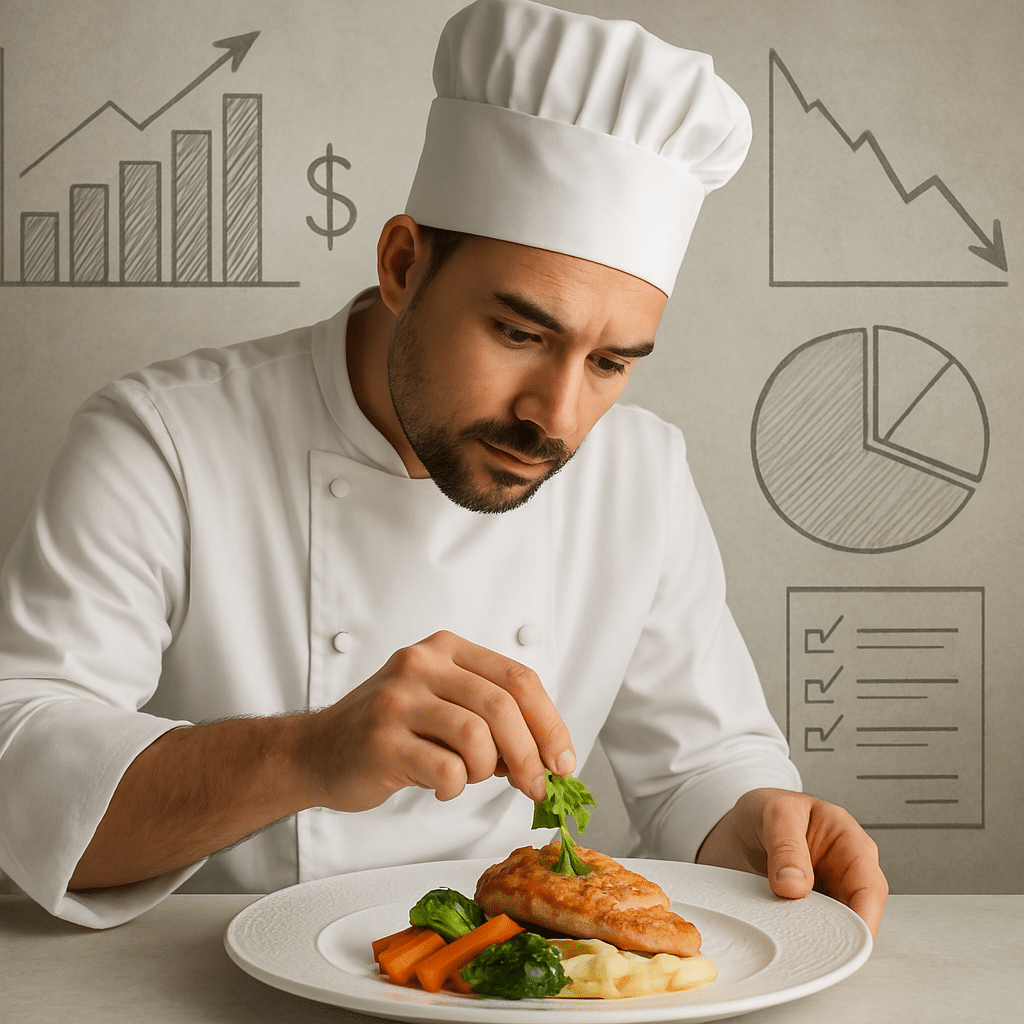


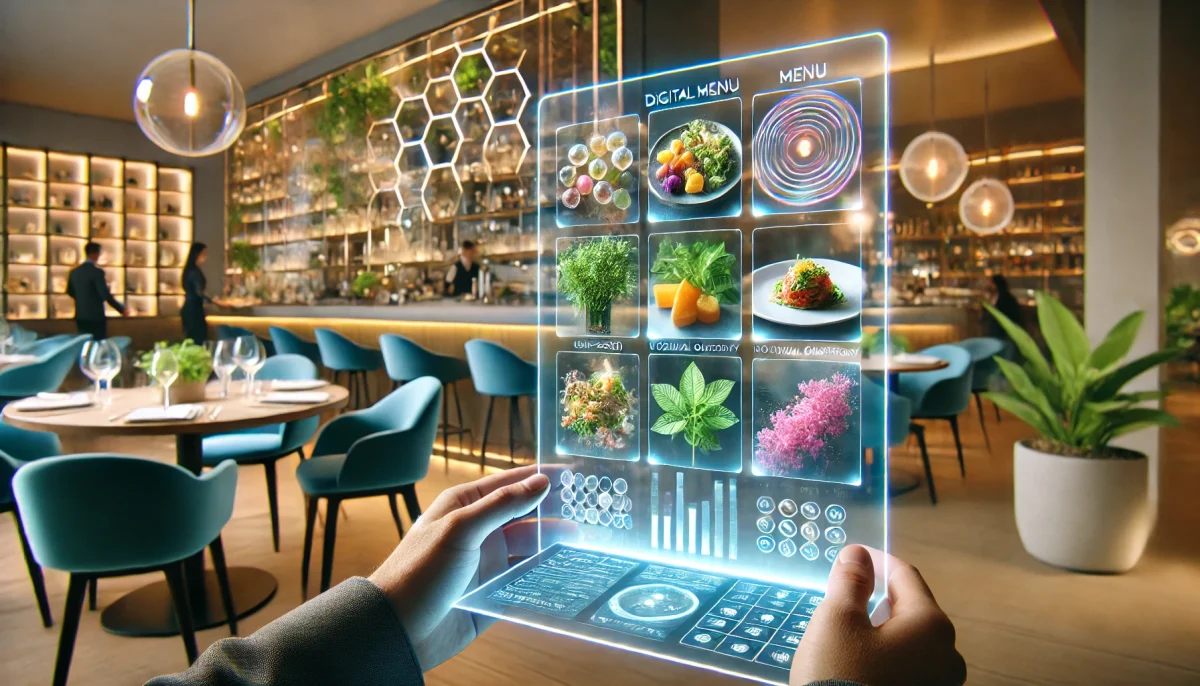


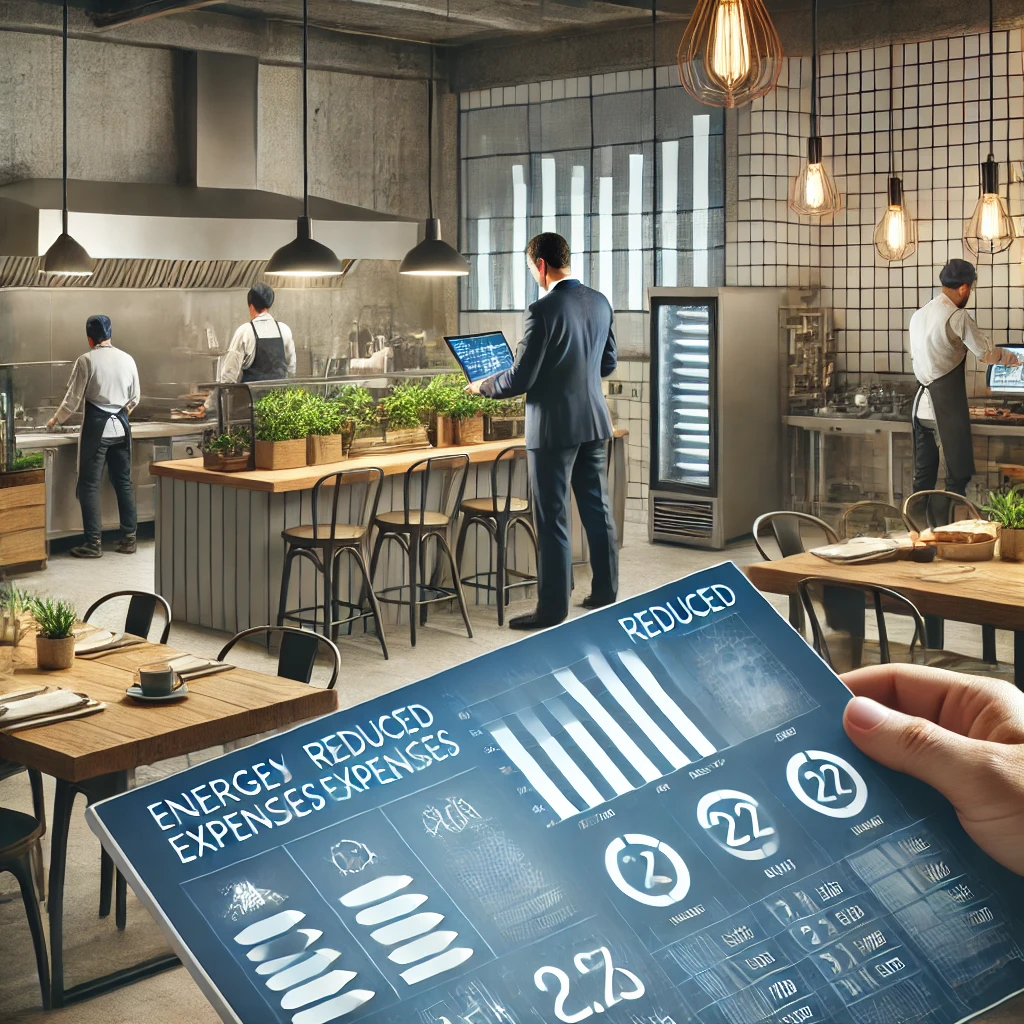













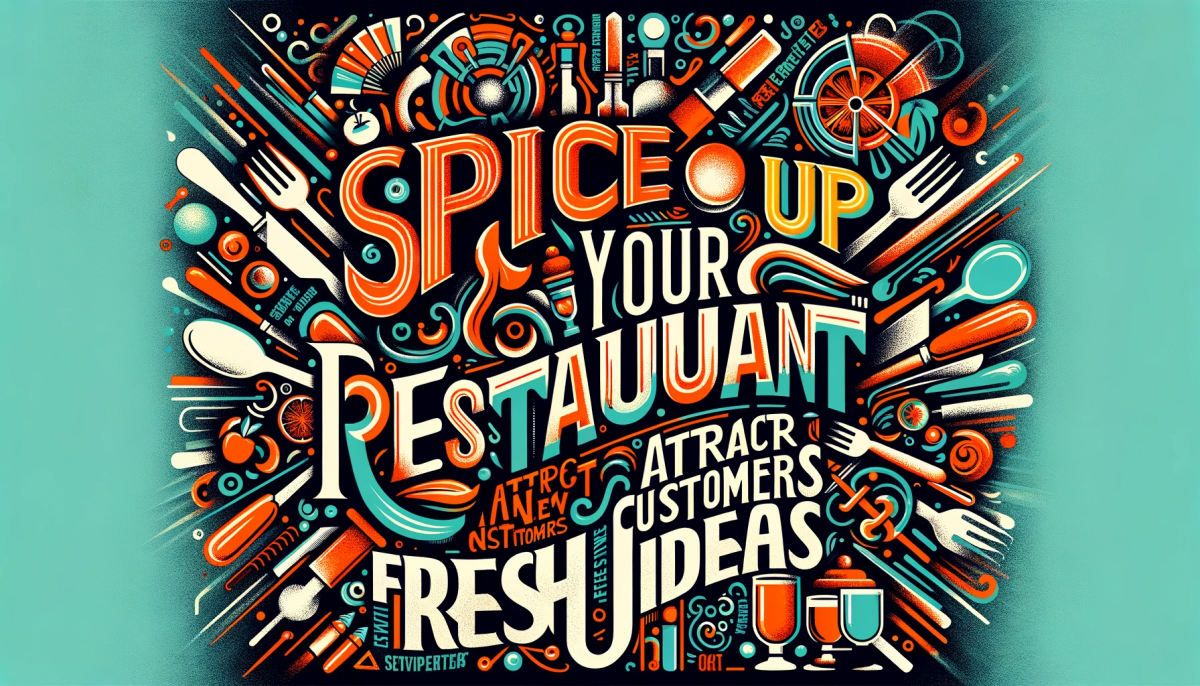


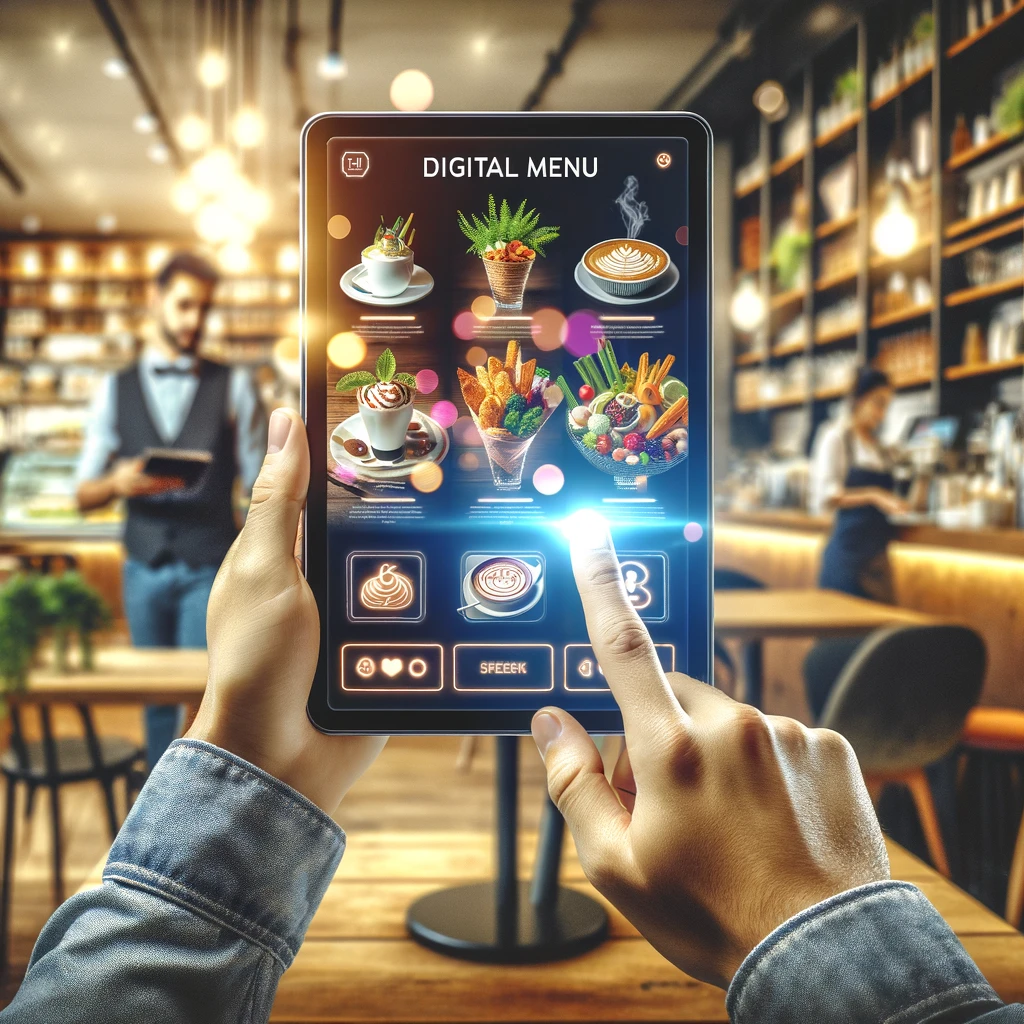
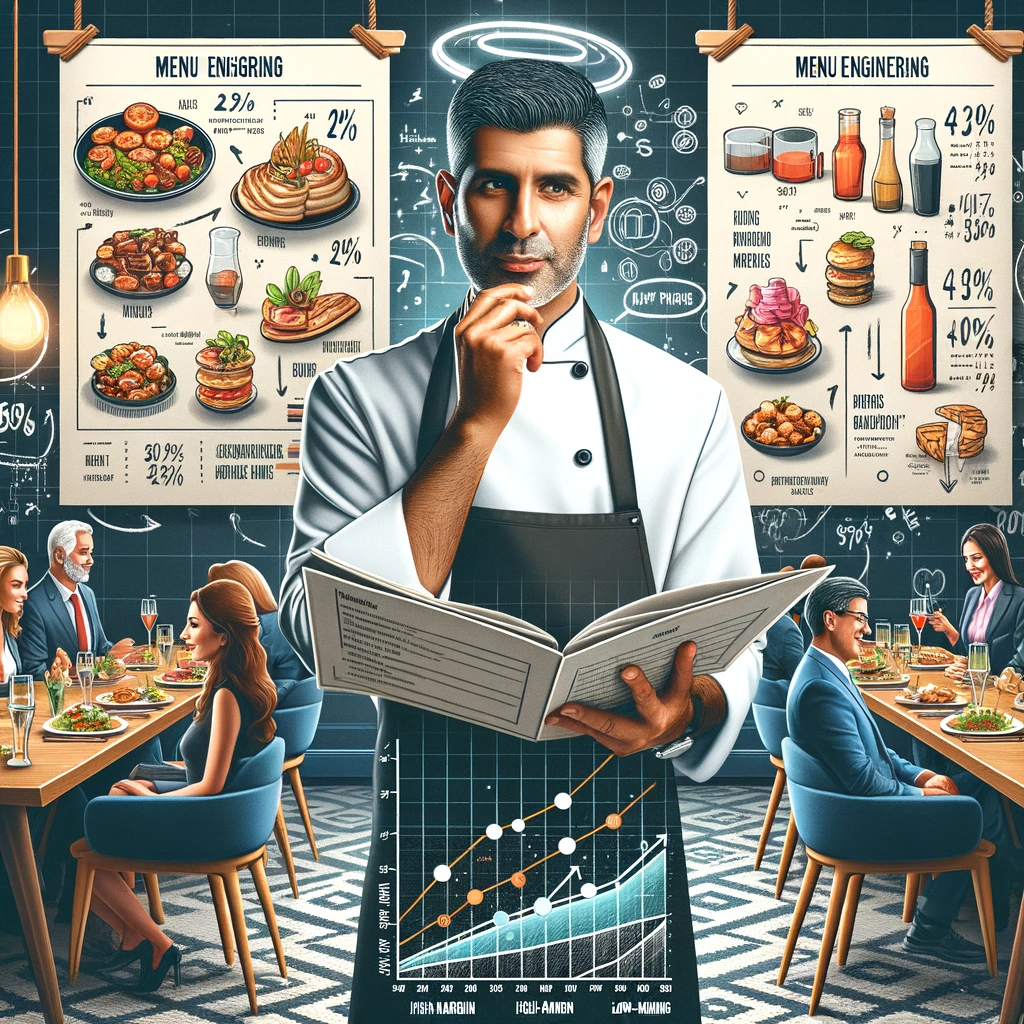






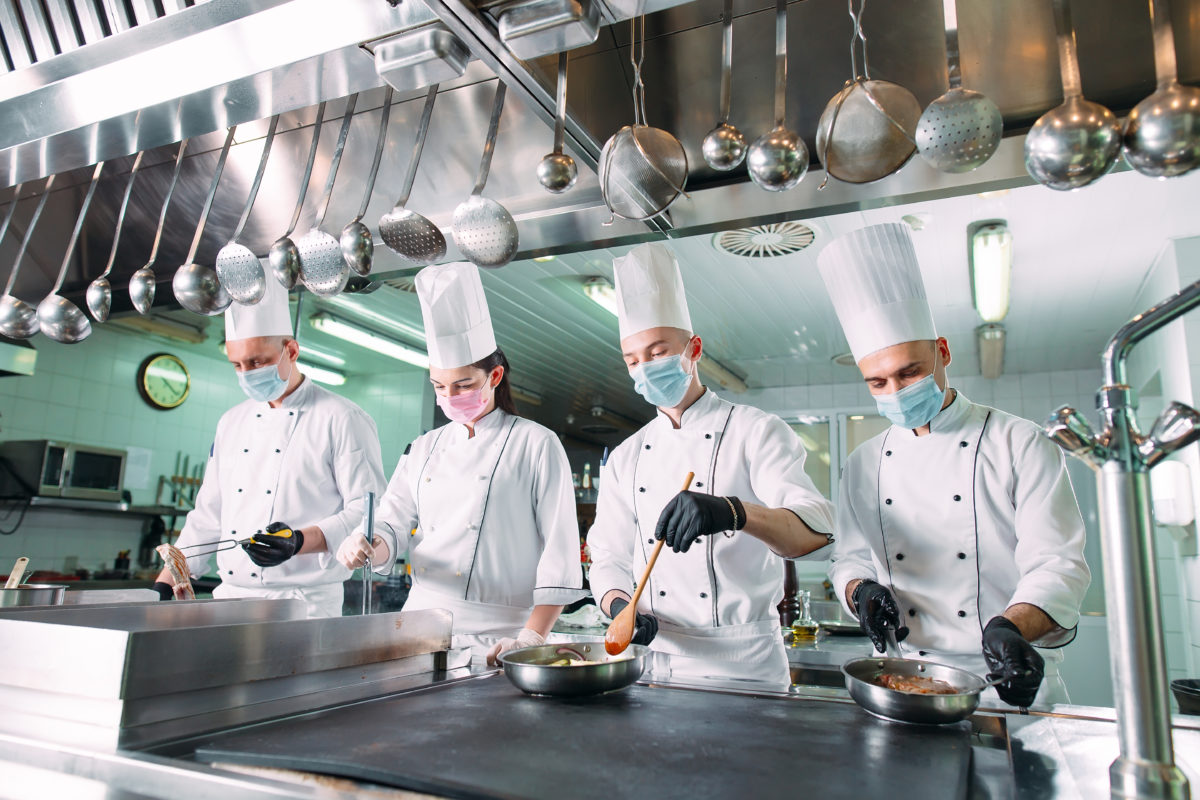
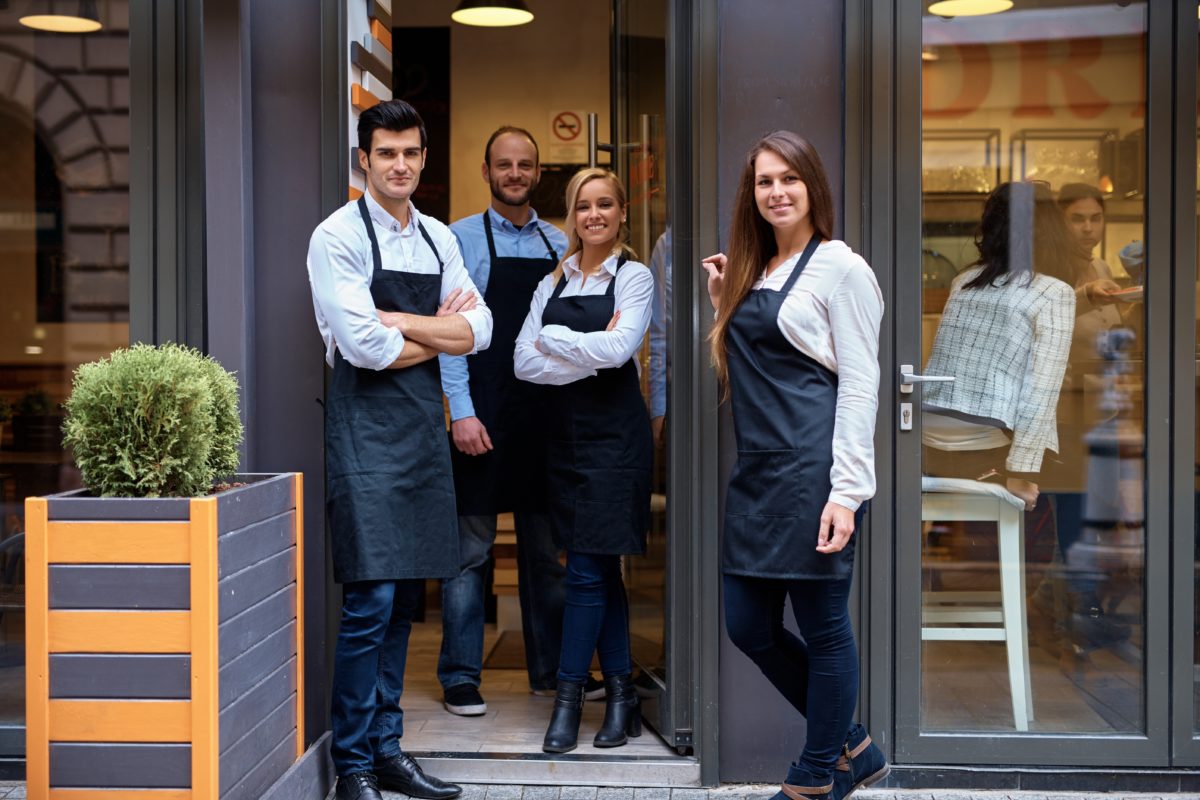

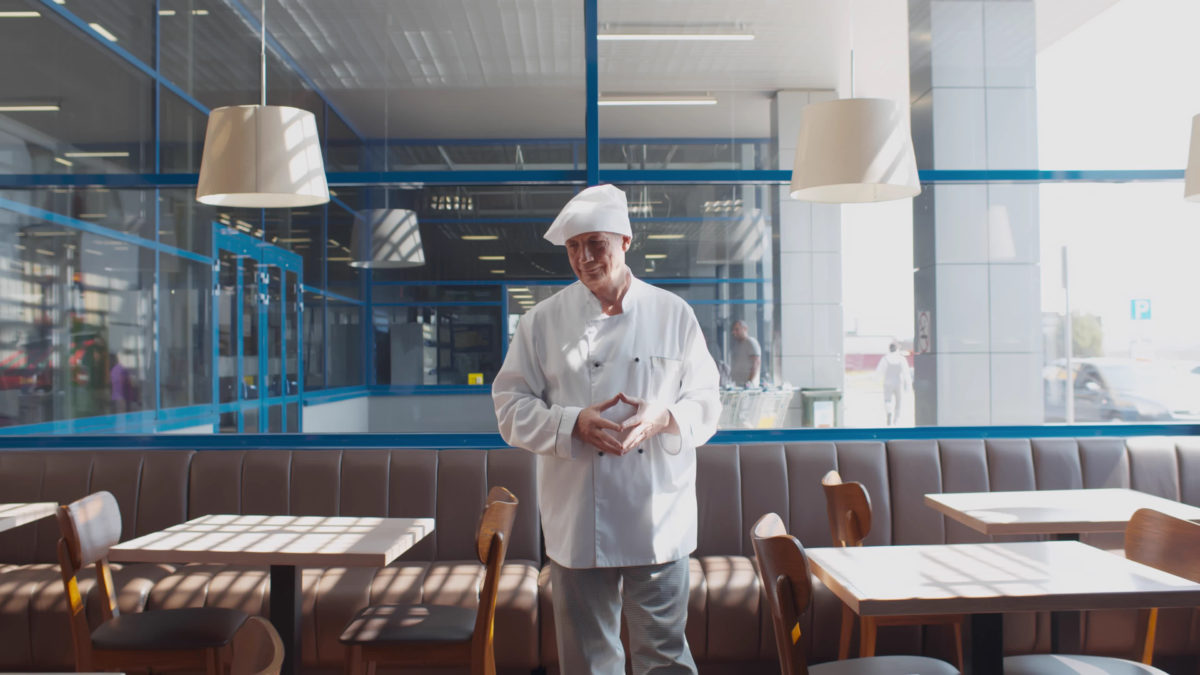



















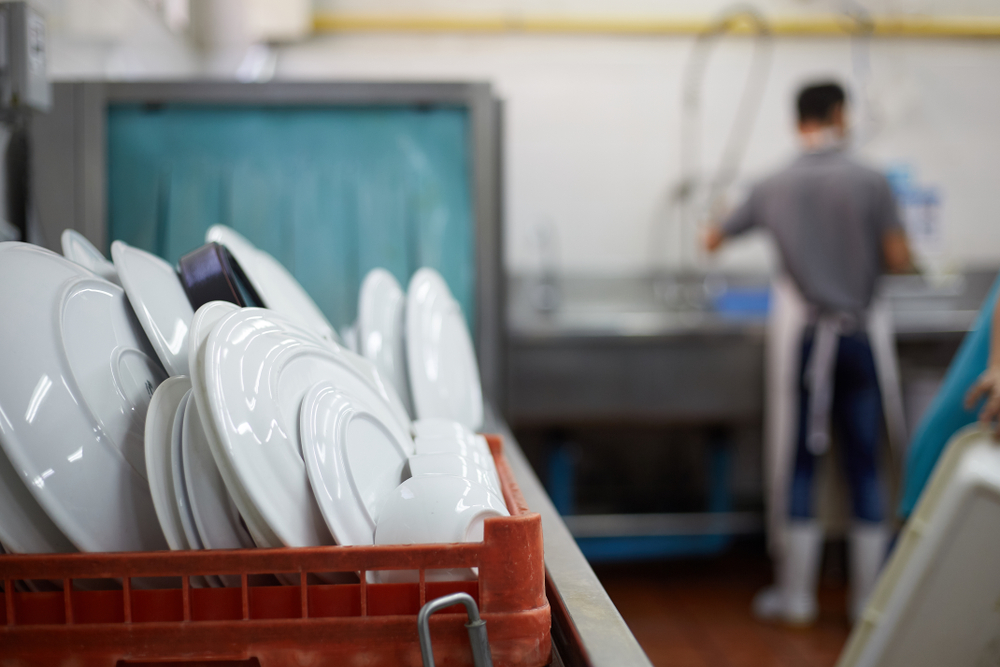


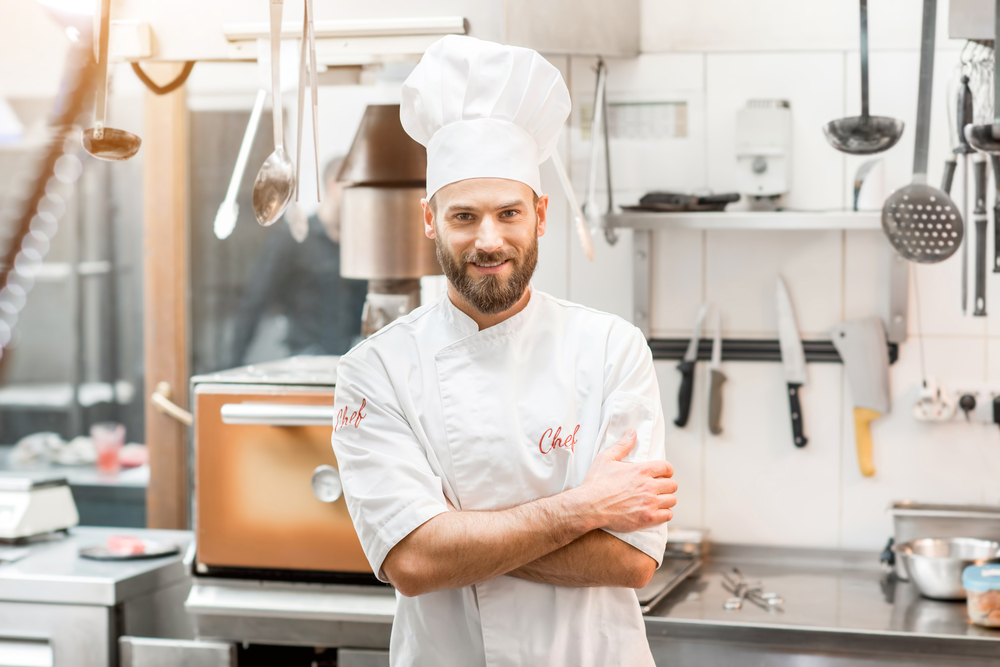
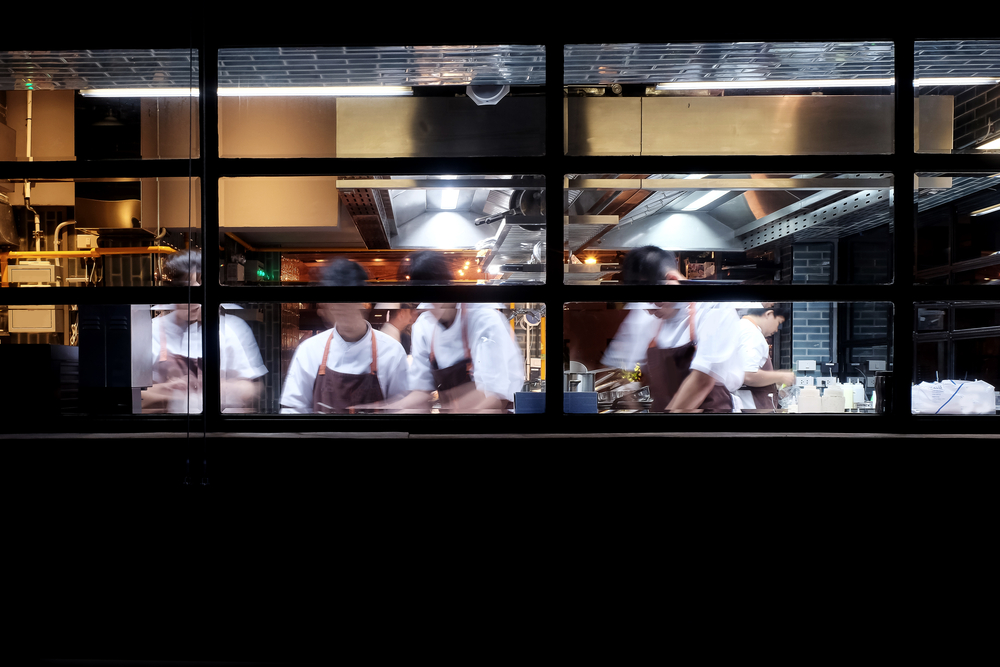
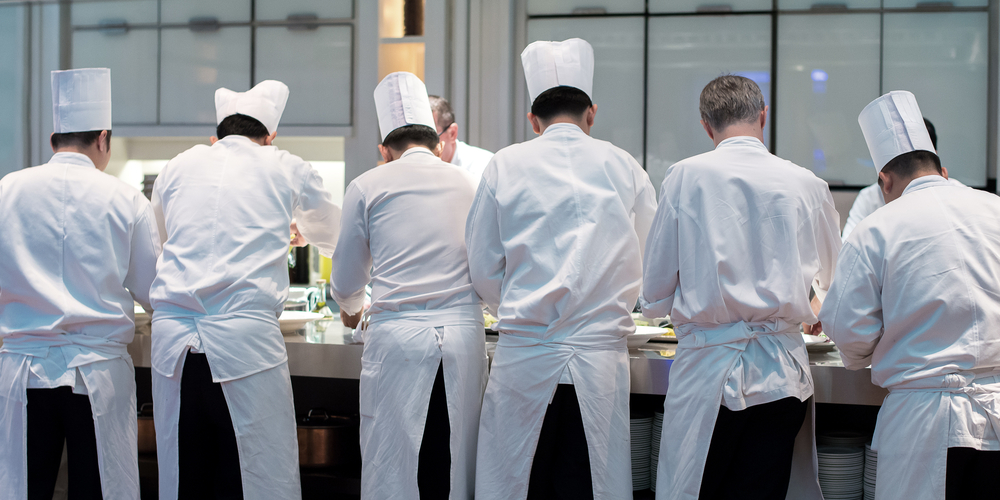















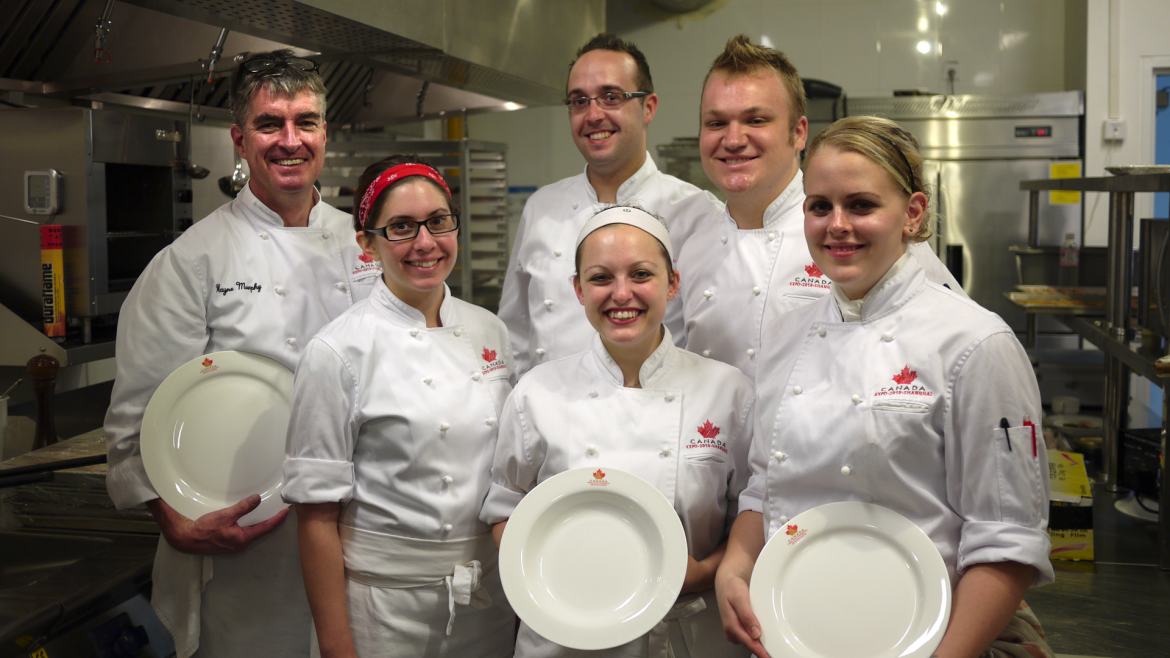

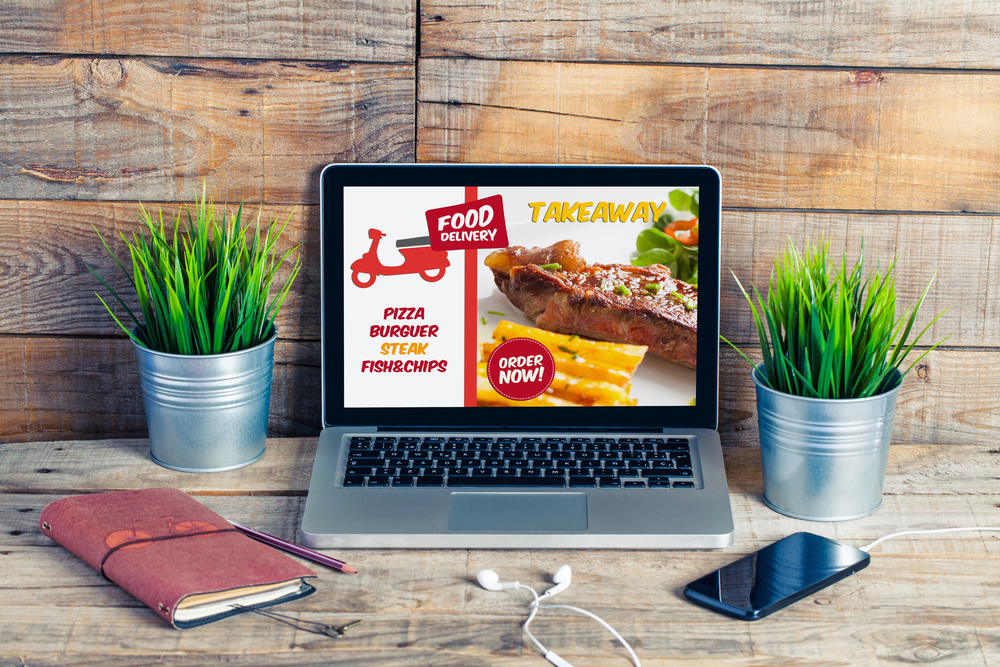









5. Use Social Media
Social media is a powerful tool for staying connected with your audience. Here are some ways to use it effectively:
Building a strong social media presence helps keep your restaurant top of mind for customers.